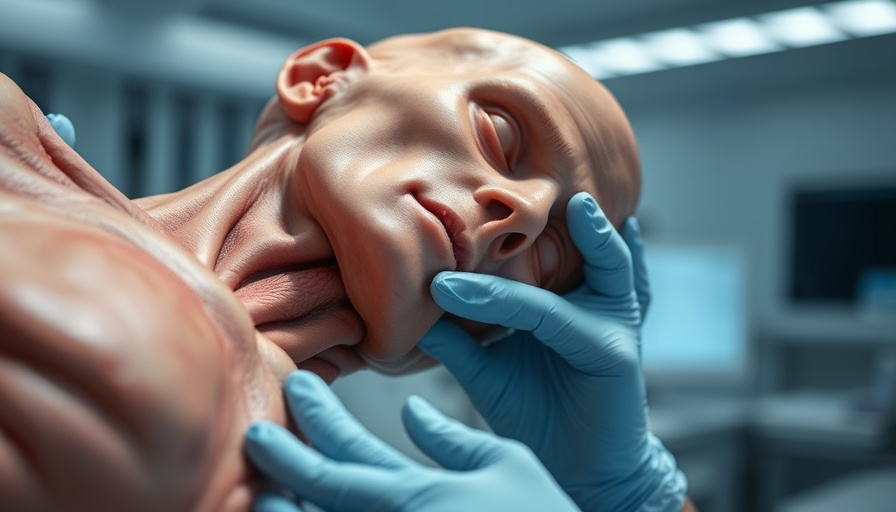
The Future of Medical Education: Synthetic Cadavers
In recent discussions around advancements in medical training, a particular subject has piqued the interest of aspiring healthcare professionals: synthetic cadavers. These innovative and highly realistic representations of human anatomy are being employed in medical education, and they are stirring conversations about effectiveness and ethics in the field. Surprisingly, these synthetic models can cost more than traditional human cadavers, typically priced between $5,000 and $10,000. Why are medical schools investing so significantly in these artificial structures, and what does it mean for future doctors?
In 'Doctor reacts: artificial human?!', the fascinating role of synthetic cadavers in medical education is examined, prompting us to explore its implications on healthcare practices.
Advantages of Synthetic Cadavers in Medical Training
One significant benefit of synthetic cadavers is the control they provide over the training environment. In a traditional scenario, human cadavers have to be preserved and stored under specific conditions, which may not always be accessible. Synthetic cadavers, on the other hand, can be used repeatedly, allowing students to practice procedures, surgical techniques, and emergency responses without the standard limitations.
Moreover, these synthetic versions can incorporate various learning technologies, such as augmented reality tools, which enhance the realism of training. Students can visualize the organs and systems in ways that don't compromise ethical considerations from human donations, further enriching their educational experience.
Critical Perspectives on Synthetic Models
While synthetic cadavers offer numerous advantages, they are not without their detractors. Critics caution that reliance on synthetic models may diminish students' experiences with human anatomy's complexities. They argue that no matter how sophisticated the technology becomes, a synthetic cadaver can never fully replicate the nuances of working with a real human body.
Additionally, there is concern regarding the costs associated with synthetic cadavers. With expenses exceeding those of traditional cadavers, educators and institutions are debating whether these funds might be better spent on other resources for medical training. However, proponents firmly believe that the long-term benefits, including heightened precision in surgeries and improved educational outcomes, will outweigh these initial costs.
The Overall Impact on Healthcare Education
The integration of synthetic cadavers into medical training is part of a broader trend towards using technology to improve healthcare education. As we embrace these changes, it is vital for aspiring healthcare professionals to adapt and remain open-minded about new learning tools.
Moreover, as we consider our foot health and how we can best care for it, the relevance stretches beyond just surgical techniques—our overall health can be directly affected by advancements in medical education and practices. Ultimately, these developments ensure that future doctors are better equipped to diagnose and treat a variety of conditions, including common foot ailments that affect many individuals.
Taking Action for Your Foot Health
As healthcare evolves, so does our individual responsibility to take charge of our health. Practices such as engaging with a local podiatrist, exploring foot health tips, or researching conditions like plantar fasciitis can help ensure you maintain optimal foot health. For example, you might explore specific exercises to relieve heel pain or learn about diabetic foot care if needed. Whether through prevention strategies or seeking remedies for existing conditions, the proactive approach in addressing foot care can lead to a healthier, more fulfilling lifestyle.
 Add Row
Add Row  Add
Add 




Write A Comment